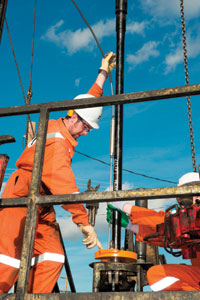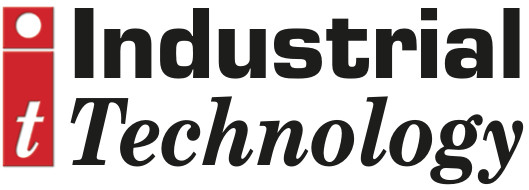
Posted to News on 23rd Nov 2014, 00:00
A positive attraction
The oil and gas industry presents tremendous challenges to traditional power transmission technologies. For example, it is very difficult to build a mechanical gear into the small diameter of a bore hole and any such gear would be extremely vulnerable to wear and jamming. What is needed is an alternative approach to such applications.

>Consider, though, the magnetic gear. With no wearing parts, it has already been shown to run much more reliably in just such an application after an extensive trial in Baskersfield, USA. Moreover the torque fuse which is a natural feature of a magnetic gear makes this system far less vulnerable to pockets of debris and sand that are commonly encountered by these pumps.
>When the pump system encounters foreign matter in a more conventional system the pump may jam causing a failure of either the pump, the mechanical gear or electric motor. With a magnetic gear the high torque merely causes the gear to slip until the fault is detected and corrective action can take place. This dramatically increases the life of the pumping system and avoids the high cost of replacing the pumping system and the loss of production.
>The gear in question was developed by Magnomatics. Particular care has been made in the selection of materials for this magnetic gear, which enables it to work reliably in down bore hole applications characterised by high temperatures. In addition it is common to inject high pressure steam into these wells to reduce the viscosity of the fluids and enhance the yield. Magnetic materials that are tolerant of these high temperatures have been carefully selected.
>So how does a magnetic gear work? Magnomatics' magnetic gear consists of two rings of permanent magnets with an array of steel pole pieces in between. These steel pole pieces are good conductors of magnetic flux, unlike the air spaces between them and have the effect of creating harmonics in the fields produced by each array of permanent magnets. By careful selection of pole numbers each magnet array can couple to the harmonic field produced by the other and this creates a gear ratio. For example if there are 23 pole pairs of magnets on the outer array and 27 steel pole pieces then this will produce a dominant 4 pole field (27 - 24) at the inner, high speed rotor. The gear ratio between the inner and outer magnet arrays will be 23/4 or 5.75:1. In this case the inner array of magnets will rotate in the opposite direction to the outer magnets.
>This magnetic gear functions in much the same way as a conventional epicyclic gear. The outer array of magnets is analogous to the ring gear, the steel pole pieces form the planet carrier, whilst the inner array of magnets take the place of the sun gear. If any of the three rotors are mechanically grounded then a fixed gear ratio is achieved between the other two rotors.
>Magnetic gears offer the functionality of mechanical solutions whilst avoiding the negative in-service issues resulting from wear, such as system reliability and the requirement for lubrication and regular maintenance. Efficiency is also very high as there are no contacting parts or oil drag losses.
>Mechanical gearbox designs are often over-rated to tolerate occasional excessive loads. However, repeated, or excessive, high load conditions will still cause catastrophic failure of gear teeth. The magnetic gear is tolerant of excess loads. It is designed to merely slip then re-engage once the torque is back within stated limits. Furthermore, the natural compliance, or elasticity, inherent in a magnetic gear provides a low level of torsional stiffness, resulting in a very smooth, low-noise drive.
>Magnomatics is also exploring the application of magnetic gears in its derivative products the Pseudo Direct Drive (PDD) and MAGSPLIT or magnetic CVT. In the PDD a magnetic gear is integrated into a wound stator. This stator drives the inner rotor of the gear whilst the power and torque is extracted from the steel pole pieces. The outer rotor of the gear is attached to the inner surface of the stator. This provides for an excellent high torque low speed drive. Magnomatics is working with aerospace companies to evaluate how this technology can be used to provide a highly reliable drive for control surface actuators. In these actuators demonstrating extremely high reliability is crucial if electric actuators are to be widely adopted in the move to more all electric aircraft.
>In the automotive sector Magnomatics is working with a number of manufacturers to demonstrate its magnetic continuously variable transmission (MAGSPLIT) as part of a power split hybrid power train. The MAGSPLIT has been shown to be extremely efficient as well as providing high levels of filtering that can virtually eliminate the harsh torsional vibrations emanating from the modern downsized engines used in today's hybrid cars.
>Over the coming years one can expect to see magnetic gears used in an ever broadening number of applications.









